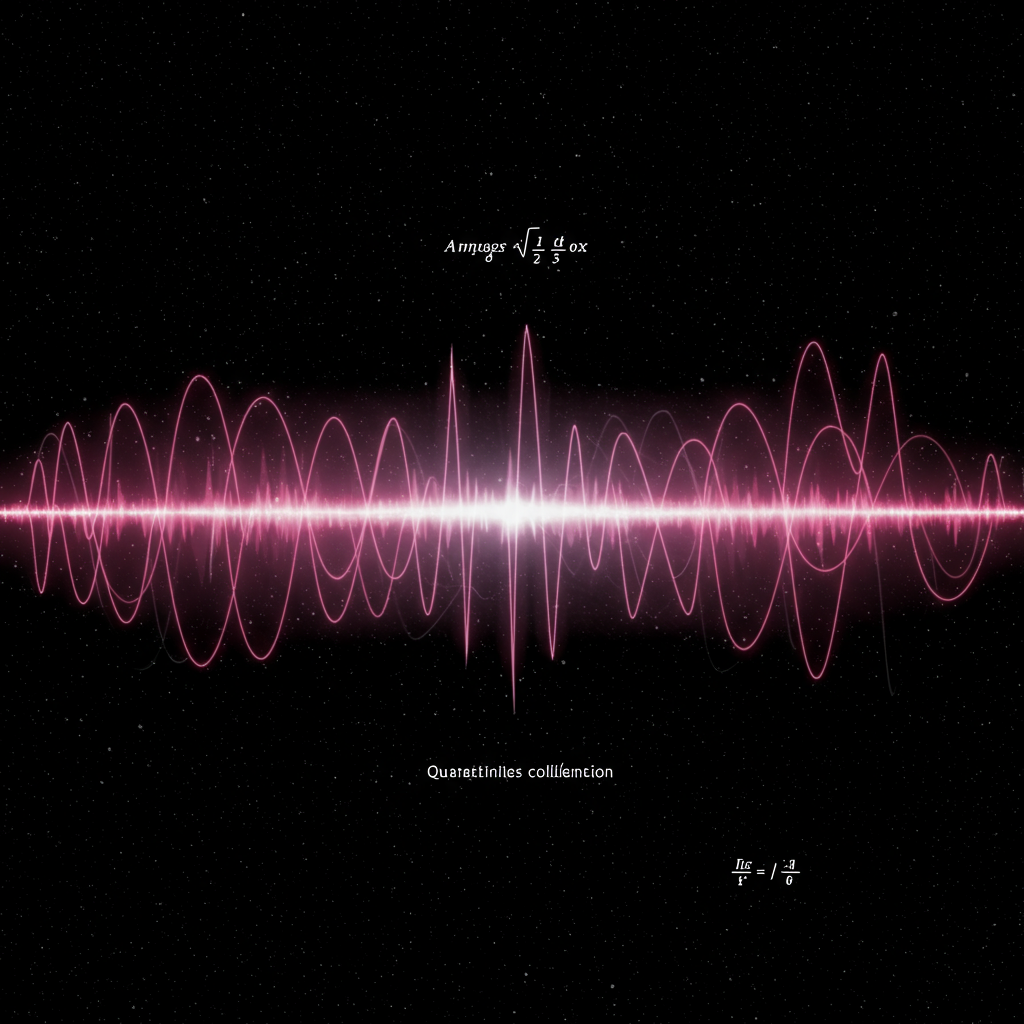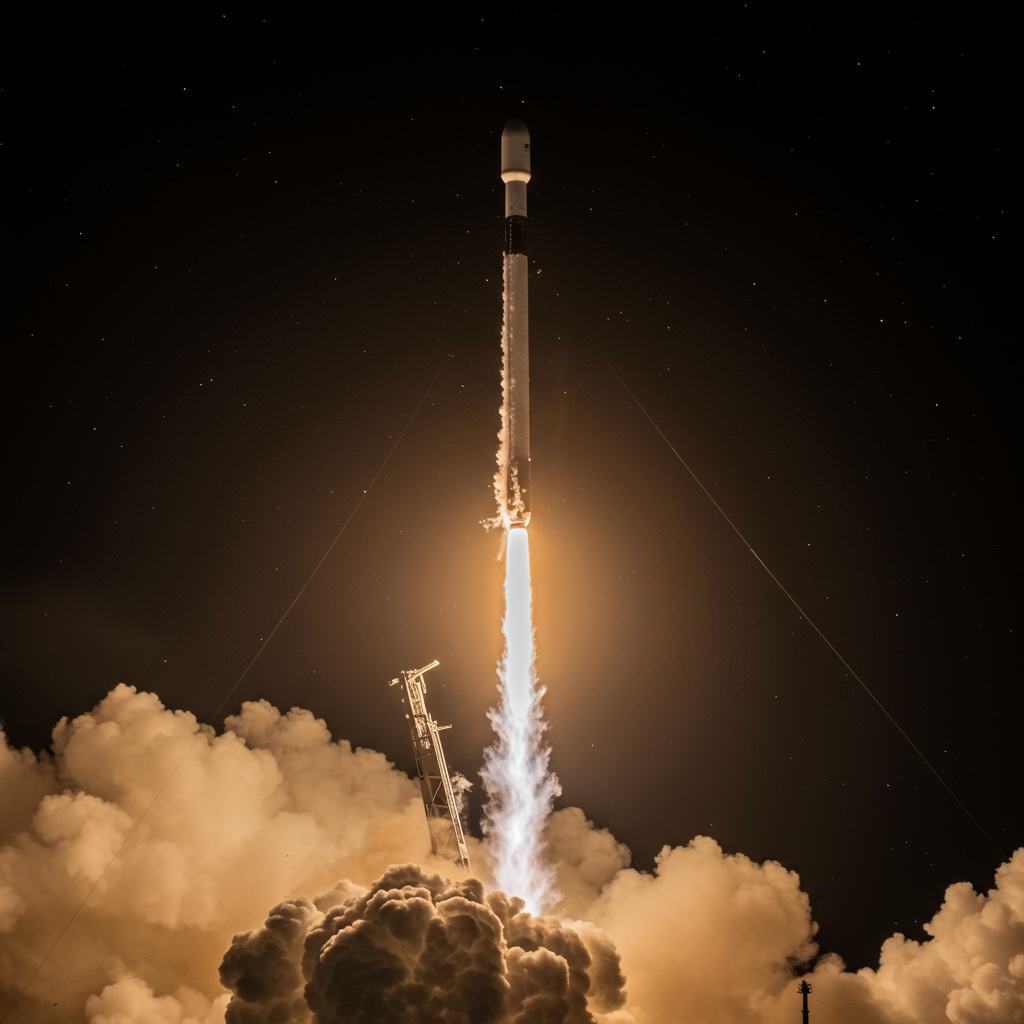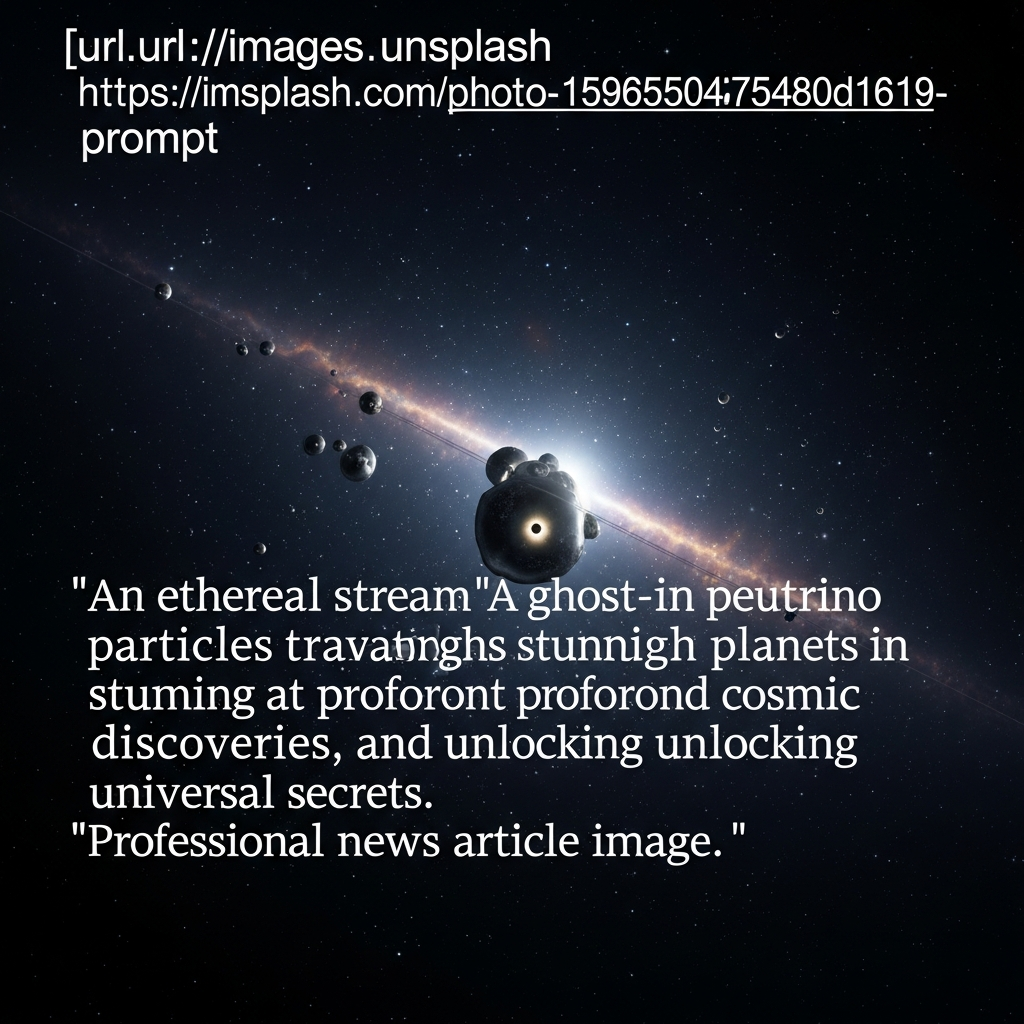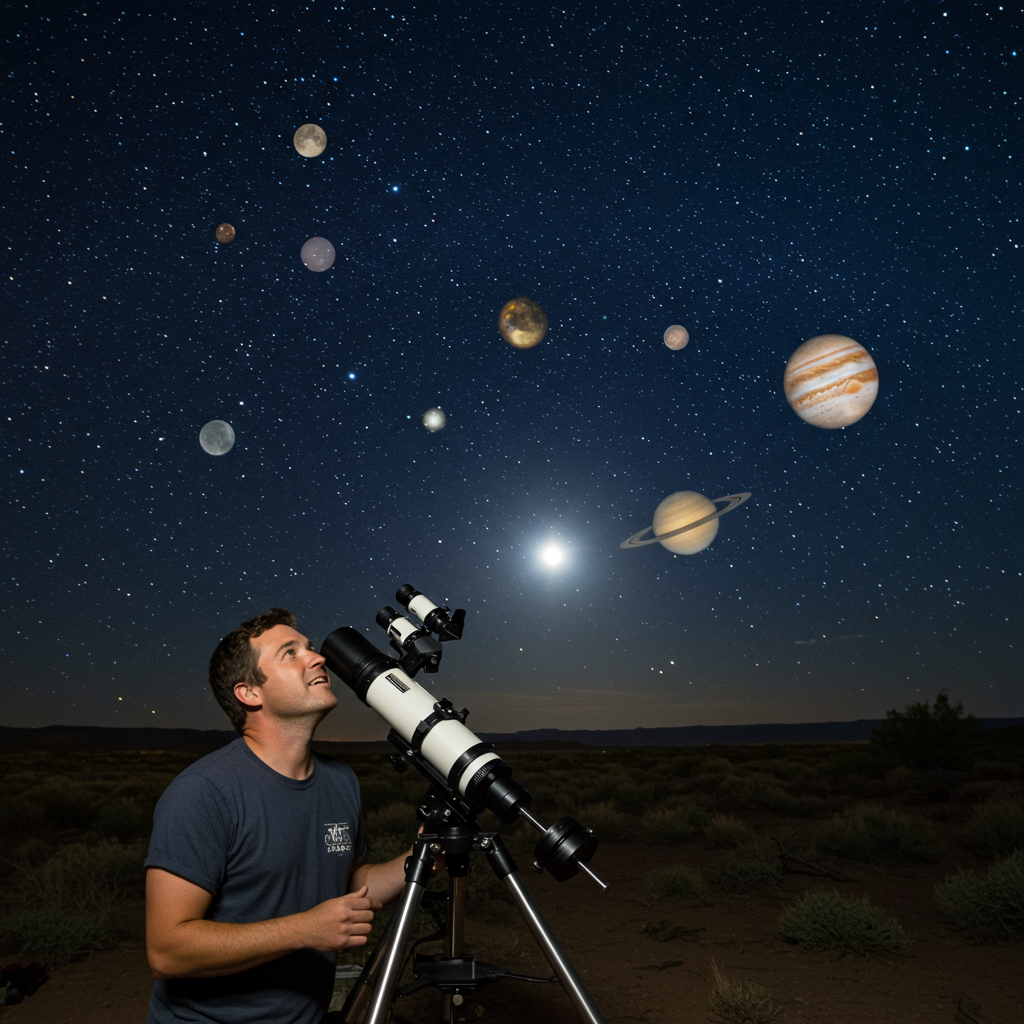Quantum mechanics stands as our most empirically successful description of the universe’s fundamental workings. Yet, despite its unparalleled predictive power – validated by phenomena from particle physics to quantum computing – the theory harbors profound conceptual puzzles. At the heart of the debate lies the “measurement problem,” the awkward question of what precisely happens when a quantum system, described by fluid possibilities, interacts with the seemingly fixed reality we observe. This unresolved tension has spurred nearly a century of vibrant debate among physicists and philosophers, leading to various compelling, yet sometimes mind-bending, ways to make sense of a purely quantum world. Understanding these different perspectives is key to grasping the ongoing quest for a deeper quantum reality.
The Enduring Puzzle of Quantum Reality
Since Werner Heisenberg’s groundbreaking formulation in 1925 on the island of Helgoland, quantum mechanics has served as the bedrock of modern physics. However, unlike classical physics, which offers a relatively intuitive picture of objective reality, quantum theory presents a picture where particles can be waves, states exist in superposition, and properties might not be definite until measured. The conventional textbook approach, often called the “orthodox” or “Copenhagen” interpretation (though it’s a blend of ideas), distinguishes between the quantum system being studied and the “classical” measurement apparatus or observer. This works flawlessly for calculations, but it leaves a conceptual void: why should the measuring device or experimenter be treated classically when they, too, are made of quantum particles? This division feels artificial, suggesting the theory is incomplete or only makes sense under specific, approximate conditions.
The vitality and importance of this foundational debate were underscored by the 2022 Nobel Prize in Physics awarded to Alain Aspect, John Clauser, and Anton Zeilinger. Their experiments, building on John Bell’s foundational work from the 1960s and 70s (itself motivated by interpretation discussions), confirmed strange quantum phenomena like non-locality and entanglement. These concepts, once theoretical oddities debated by giants like Einstein and Bohr, now fuel the burgeoning field of quantum information science with potential real-world technologies like quantum computing. This highlights that grappling with quantum foundations isn’t just philosophy; it drives experimental physics and technological innovation.
Why Interpretations Are Necessary
The core issue arises because quantum mechanics describes systems using a “wave function” or “quantum state,” representing a superposition of all possible outcomes until a measurement occurs. Upon measurement, according to the orthodox view, this superposition “collapses” into a single definite outcome. But what triggers this collapse? Is it a physical process, the observer’s consciousness, or something else entirely? The different interpretations offer distinct answers, attempting to provide a coherent picture of reality that aligns with quantum mechanics’ successful predictions without resorting to an arbitrary split between quantum and classical realms.
Today, four main schools of thought dominate the discussion, each offering a unique perspective and facing its own set of conceptual challenges. These are Physical Collapse models, Hidden Variables theories, the Many Worlds interpretation, and Relational Quantum Mechanics. Each presents a viable path forward conceptually, but often comes with a “price to pay” in terms of modifying the theory, accepting radical metaphysical implications, or altering our view of reality. Notably, the latter two approaches tend to fit more naturally with Einstein’s theory of relativity, making them particularly interesting for high-energy physics and gravity research.
Interpretation 1: Physical Collapse Models
One straightforward approach to the measurement problem is to propose that the standard quantum dynamics (governed by equations like the Schrödinger equation) are simply incomplete. Physical collapse models suggest there is a real, objective physical process that causes the wave function to spontaneously localize or collapse, especially when systems become macroscopic or interact strongly with their environment. This collapse isn’t triggered by consciousness or an abstract “measurement” but by a yet-undiscovered physical mechanism or interaction.
The appeal here is adding a piece of missing physics to explain the transition from quantum superposition to definite classical outcomes. Crucially, this idea is empirically testable. If the Schrödinger equation is truly modified by a collapse mechanism, experiments should eventually detect deviations from its predictions, particularly for larger or more complex systems. Researchers are actively searching for such deviations using sensitive instruments like cold-atom interferometry, gravitational-wave detectors, and searches for spontaneous X-ray emissions. So far, these experiments have failed to find evidence for such modifications, ruling out certain types of collapse models. While intuitive, physical collapse models often struggle to be formulated in a way that is compatible with relativistic principles, which is a significant challenge for describing fundamental physics.
Interpretation 2: Hidden Variables Theories
Echoing Albert Einstein’s famous stance that quantum mechanics must be incomplete, hidden variables theories propose that the probabilistic nature of quantum predictions doesn’t arise from inherent indefiniteness but from our ignorance of underlying, deterministic variables. Like classical statistical mechanics, where probabilities arise from not knowing the exact positions and momenta of all particles, quantum outcomes would be determined by these “hidden” properties that are not included in the standard quantum state description.
If successful, this approach would restore a sense of objective reality where particles have definite properties at all times, even if we don’t know what they are. However, John Bell’s theorem fundamentally constrained this path. He showed that any local hidden variable theory cannot reproduce all predictions of quantum mechanics. Experiments validating Bell’s inequalities (like those honored by the 2022 Nobel) have since demonstrated that if hidden variables exist, they must be non-local – meaning distant events can instantaneously influence each other, violating the intuition of local cause and effect. A well-known example in the non-relativistic realm is the de Broglie–Bohm pilot-wave theory, which describes particles guided deterministically by a non-local wave. Extending hidden variable theories to be compatible with relativity and quantum field theory has proven cumbersome, and existing attempts often break Lorentz invariance.
Interpretation 3: The Many Worlds Interpretation
Perhaps the most conceptually radical approach, the Many Worlds Interpretation (MWI), first proposed by Hugh Everett III, tackles the measurement problem by asserting that the standard linear evolution of the quantum state (the Schrödinger equation) is always valid, with no actual collapse ever occurring. When a measurement happens, the apparatus and observer, themselves quantum systems, become entangled with the measured system. If the system is in a superposition of states, the combined system (including the observer) enters a superposition of corresponding outcomes.
According to MWI, we perceive a single outcome not because other possibilities vanished, but because the universe (or at least our part of it) has “branched.” Each branch corresponds to a different possible measurement outcome, and in each branch, an observer sees a definite, unique result. What appears as a single reality is just one branch of a vast, branching “multiverse” containing innumerable copies of ourselves experiencing every possible outcome. The price of admission for this interpretation is accepting this enormous ontological overhead – a literal forest of parallel worlds.
Despite its widespread popularity in science fiction and some popular science books, the MWI remains a minority view among quantum physicists, though one gaining traction. Its appeal in fiction is evident; it provides a veneer of scientific plausibility for alternate histories and ‘what if’ scenarios, perfectly aligning with narrative genres about parallel universes. This “quantum culture” phenomenon highlights how abstract scientific concepts are adopted and transformed in the public imagination, sometimes diverging significantly from expert consensus or technical reality (like the fictional misuse of entanglement for faster-than-light communication). Philosophically, MWI is generally considered compatible with relativity and can be supported by frameworks like decoherence, which explains how interaction with the environment causes quantum superpositions to appear classical from a local perspective, although decoherence doesn’t explain why we only experience one outcome.
Interpretation 4: Relational Quantum Mechanics
Proposed by Carlo Rovelli, Relational Quantum Mechanics (RQM) offers an alternative path that avoids both physical collapse and the multiplication of worlds. It draws inspiration from the original matrix mechanics formulation by figures like Born, Jordan, Heisenberg, and Dirac, which focused on the relations and transitions between observed quantities rather than a single, universally existing wave function evolving continuously in time (as emphasized by Schrödinger’s wave mechanics).
The core idea of RQM is that a system’s quantum state is not an absolute property but only describes the information it has relative to another system. Measurement outcomes aren’t universal facts but are correlations established between interacting systems. What the Many Worlds interpretation sees as branching worlds, RQM views as merely a mathematical accounting of possibilities relative to different interacting systems. There is no privileged “classical” observer or measurement apparatus; any physical system can serve as an “observer” establishing facts about another system through interaction.
This perspective radicalizes the insights of relativity theory. Just as velocity is not an absolute property of an object but only exists relative to another object, RQM proposes that all physical properties of a system are relative properties, defined only in relation to other systems with which it interacts. The conceptual price for RQM is a weakening of a strong, objective realism. The theory doesn’t provide a picture of a single, unique sequence of universal facts, but rather a network of interacting perspectives or relative facts. While similar to MWI in avoiding collapse and hidden variables and being compatible with relativity, RQM achieves this without positing parallel realities, viewing the “many worlds” branching as an artifact of calculating possibilities from a universal, external viewpoint which it argues doesn’t exist.
The Value of Multiple Perspectives
In physics, it’s not uncommon to have different mathematical formulations or pictures that describe the same underlying phenomena. As the renowned physicist Richard Feynman noted, good theoretical physicists often know “six or seven different theoretical representations for exactly the same physics.” While empirically equivalent, these different perspectives can offer unique insights and prove more fruitful for specific problems.
This applies directly to quantum interpretations. While experimental tests are needed to potentially rule out certain models (like physical collapse), for interpretations that make identical empirical predictions (like most versions of MWI and RQM compared to standard QM), the choice might come down to which picture provides better intuition or tools for certain contexts. For example, thinking in terms of parallel processing in different worlds can be useful in quantum computing theory. The relational view, emphasizing interactions between quantum systems, aligns naturally with attempts to formulate quantum theories of gravity, where spacetime itself is treated as a dynamic quantum entity.
The ongoing debate, such as discussions at centennial conferences revisiting quantum origins, highlights that fundamental questions about the nature of reality at the quantum level remain open. Different interpretations aren’t just philosophical musings; they influence research directions, shaping how physicists think about everything from the nature of the wave function (is it objective reality or just knowledge?) to potential future experiments, like those searching for evidence of quantum gravity effects by putting macroscopic objects into superposition.
These theoretical explorations also fuel practical applications. The entire field of quantum information science, from understanding entanglement’s spooky correlations to building quantum computers and exploring quantum simulation, is deeply intertwined with the foundational questions raised by interpretation debates. Quantum simulators, for instance, are being developed to tackle problems intractable for classical computers, like simulating complex quantum field dynamics relevant to high-energy physics or early universe cosmology – problems where traditional methods hit fundamental barriers like the “sign problem.” These simulators, whether analog or digital, represent a direct experimental bridge to exploring the quantum world, conceptually linked to the very nature of quantum systems that interpretations seek to clarify.
Ultimately, the existence of multiple interpretations underscores that while quantum mechanics gives us powerful tools to predict outcomes, it still challenges our understanding of the underlying reality. The search for the “right” interpretation continues, driven by the hope that a clearer conceptual picture might not only resolve philosophical puzzles but also unlock new avenues in physics and technology.
Frequently Asked Questions
Why is interpreting quantum mechanics so difficult?
Interpreting quantum mechanics is difficult because its fundamental concepts, like superposition and entanglement, defy our everyday intuition based on classical physics. The theory successfully predicts experimental outcomes but uses a mathematical framework (the wave function) that doesn’t offer a clear, universally agreed-upon picture of objective reality before a measurement occurs. The “measurement problem” – how a fuzzy quantum state transforms into a definite outcome upon observation – is the central puzzle, leading to different interpretations that propose vastly different underlying realities to explain this process without contradiction.
What are the main differences between Many Worlds and Relational interpretations?
Both Many Worlds (MWI) and Relational Quantum Mechanics (RQM) avoid modifying standard quantum dynamics or adding hidden variables and are compatible with relativity. However, they differ fundamentally in their view of reality. MWI posits that every measurement causes the universe to split into multiple parallel branches, with each outcome occurring in a different world. RQM, conversely, does not require multiple worlds. It interprets the quantum state and physical properties as existing only relative to another system (an “observer,” which can be any physical object). RQM argues that the “branching” seen in MWI is just a mathematical way to track possibilities from a hypothetical external viewpoint, whereas reality in RQM is a network of relative, interacting perspectives.
How do interpretations of quantum mechanics matter for real-world technologies like quantum computing?
While quantum engineers primarily use the mathematical rules of quantum mechanics, the interpretations influence the conceptual frameworks and intuition physicists use to develop new ideas and understand the theory’s limits. Concepts like superposition and entanglement, central to interpretations, are the core resources powering quantum computers. Debates about interpretation also motivate experiments designed to probe foundational aspects of quantum mechanics, which in turn can lead to new insights relevant to controlling quantum systems for technology. Furthermore, fields like quantum information and quantum simulation directly apply theoretical concepts that are deeply intertwined with interpretive questions about the nature of quantum reality and measurement.




